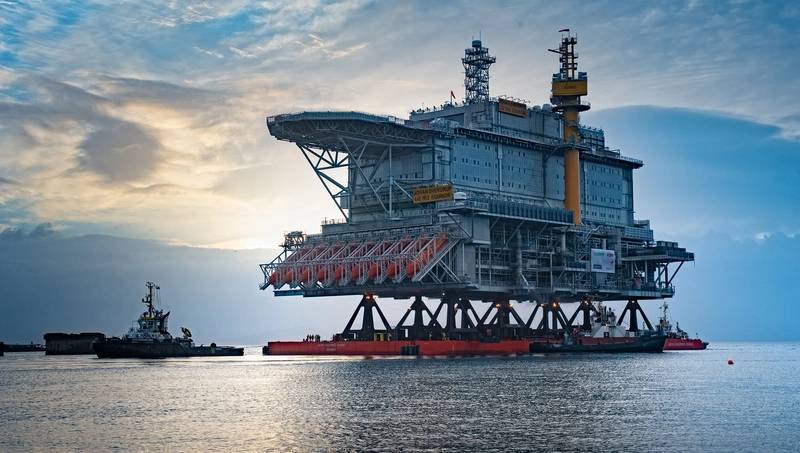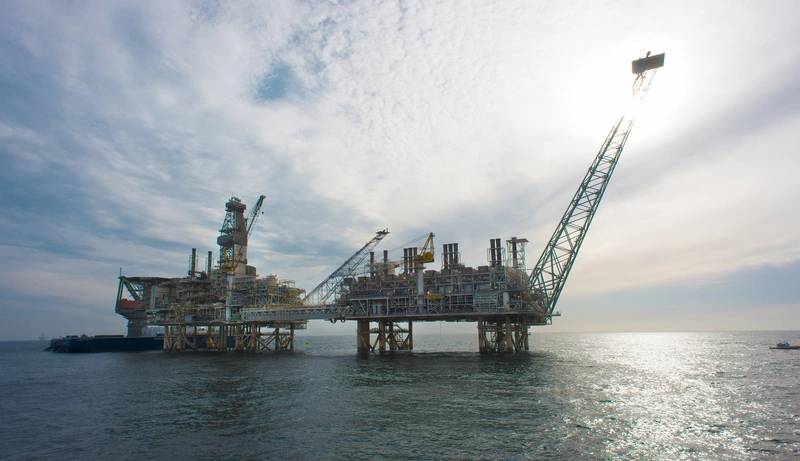

As an industry, the offshore energy sector continues to evolve its approach to reducing environmental impact. Looking beyond the mandatory reporting of scope 1 and 2 carbon emissions, focus is now shifting to scope 3 emissions where many global energy leaders are starting to commit to targets despite reporting not yet being obligatory. But this is a complex, challenging step that requires expert support to achieve. David Cole, Director at KBR Project Solutions, discusses how best to implement a comprehensive system of emissions reporting and analysis across the lifecycle of offshore assets.
The Complex Nature of Carbon Emissions Reporting in Offshore Environments
The path to getting an accurate, standardised picture of carbon emissions has not been a smooth one. Any such exercise relies on the dependability of the data used, but historically data collection efforts have been inconsistent, in part due to the absence of a precise model for offshore installations. This has impeded opportunities to undertake comparative analysis across the industry. Furthermore, existing models, such as the Greenhouse Gas Protocol and the US' Generally Accepted Accounting Principles, do not adequately address the wider scope 3 emissions associated with large offshore infrastructure projects, including critical aspects like equipment manufacture, fabrication, and transportation and installation.
In short, the industry's efforts in reporting have been uneven, often relying on a qualitative approach or methods which have been designed for other sectors such as building and infrastructure construction projects. With tightening regulations, there's a pressing need for a shift towards an analytical, data-centric approach for predicting carbon emissions. This move will not only enhance transparency but also enable targeted and effective emission reduction strategies.
More rigor is needed in how the right data, particularly focusing on the design phase and embodied emissions, is collected systematically. This data should then be subjected to high standards of analysis that can unlock the most effective ways to make reductions and in parallel support the most efficient operation of the asset. To achieve this, we focus on five key steps.
 Image courtesy KBR
Image courtesy KBR
Five Key Steps to Reduce Emissions Through Data Analysis
Being able to accurately analyze the different levels and types of data analysis, from descriptive through to cognitive, however, requires tools, software, and a proven methodology to become universally accepted.
KBR's commitment to developing a solution for accurate carbon accounting and analysis is vital in enabling informed, data-driven decisions in the offshore sector. And, while our solution is not a compliance tool, we help estimate emissions from components and materials. This aids in adopting carbon-efficient alternatives, in line with the global shift towards including scope 3 emissions. Image courtesy KBRThe Future of Emissions Reporting in Offshore Projects
Image courtesy KBRThe Future of Emissions Reporting in Offshore Projects
Simple statistics deliver descriptive results, telling the reader what happened. This is the realm of most carbon emission calculations available today, providing retrospective reporting of the carbon emissions that have already been emitted to the atmosphere. The above analytical approach allows us to go further than this. It enables the identification of trends and implications related to both traditional and alternative execution strategies, allowing for a more comprehensive and standardized understanding of carbon performance.
We expect this to increase in importance as shareholder pressure builds to achieve more ambitious corporate sustainability goals. Adopting advanced data analysis techniques, from benchmarking historical projects to predictive modelling and cognitive analysis, is crucial to understand the full lifecycle of carbon emissions. This comprehensive approach enables accurate and detailed assessments of emissions, incorporating wider scope 3 emissions of the project, thereby enhancing decision-making throughout the lifecycle of offshore projects.
To learn more about carbon footprint calculation, download KBR’s offshore-focused white paper, Carbon cognitive; turning guesswork into quantitative emissions modelling and representation, which also details KBR’s solution, CleanSPENDSM. Click here to download the white paper.


